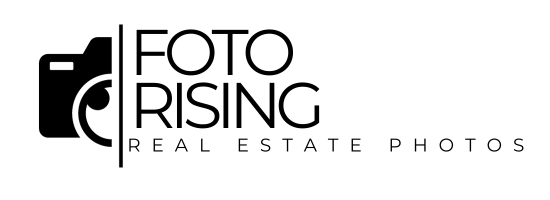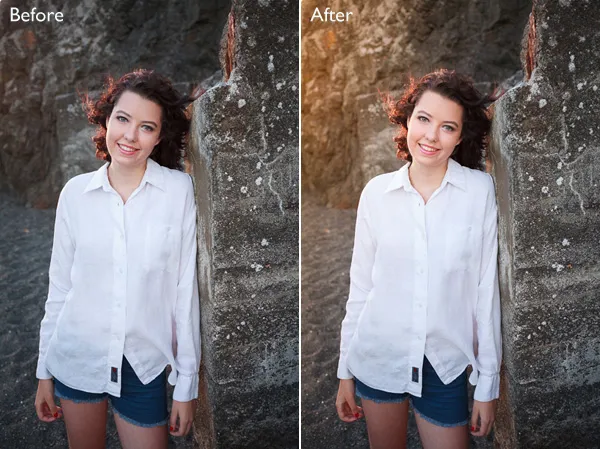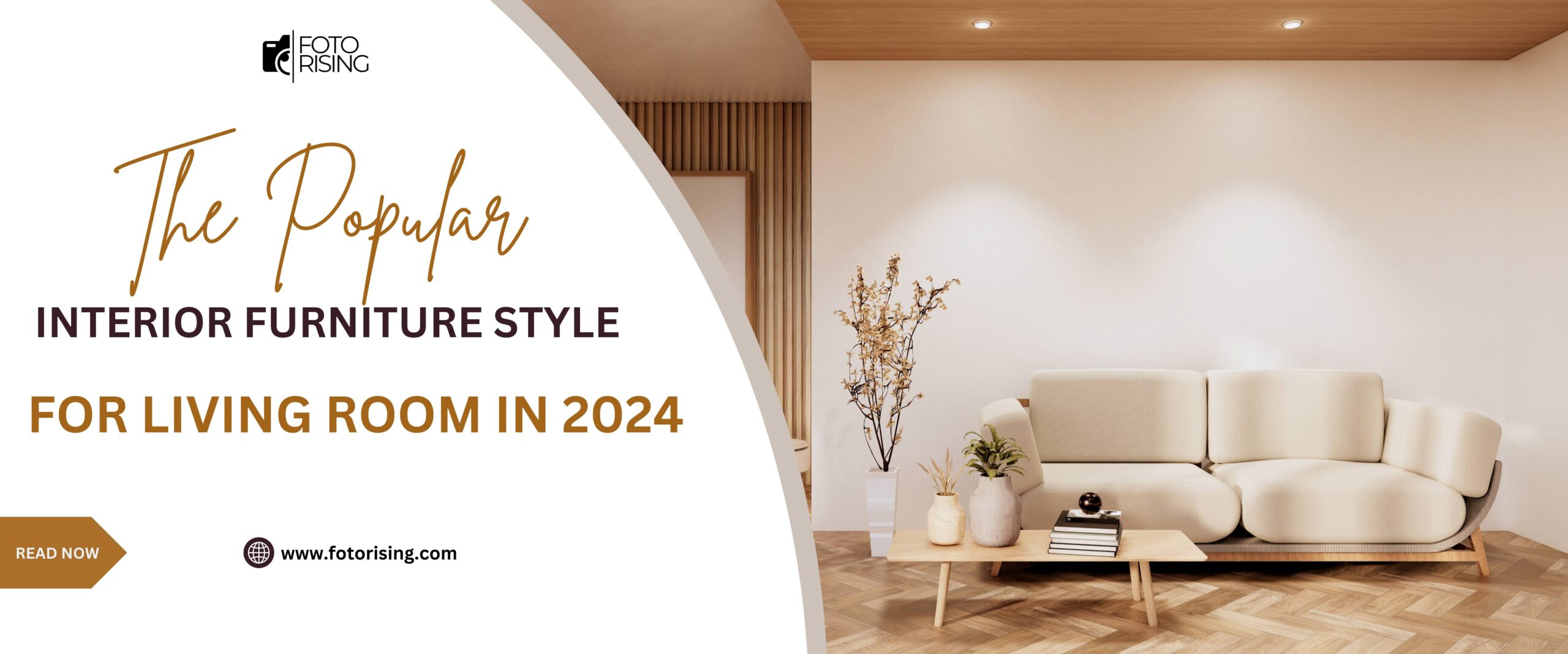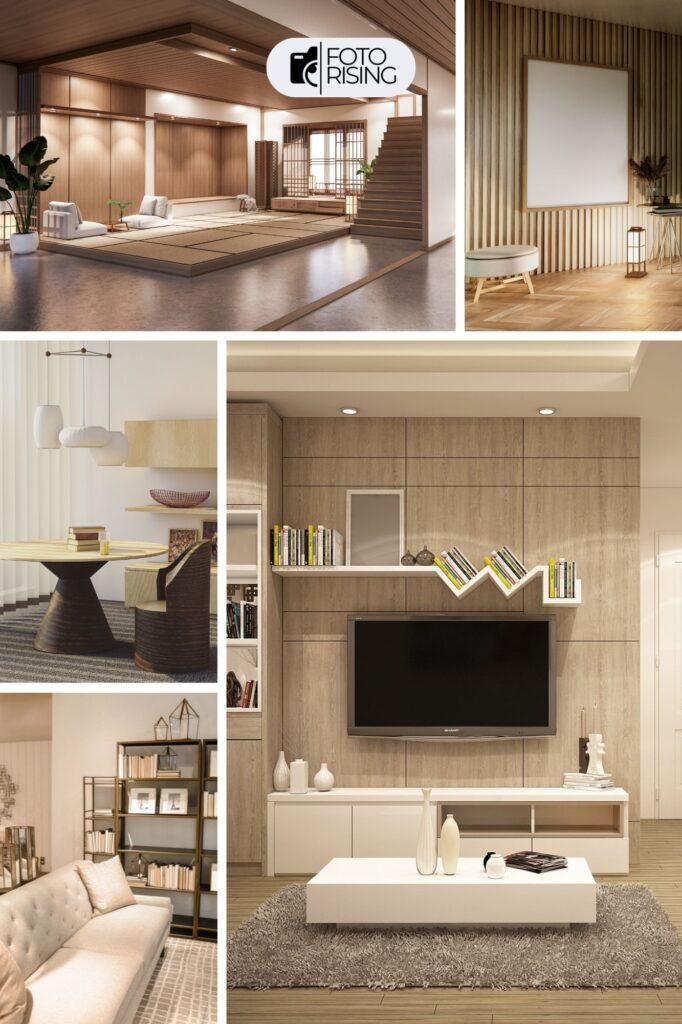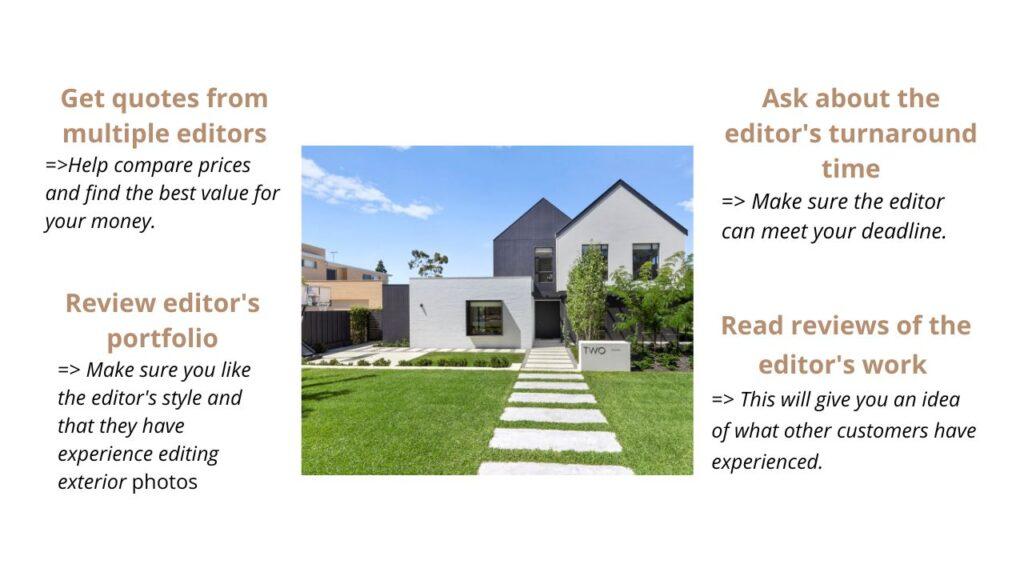Real estate photo editing has always been essential in property marketing. In 2024, this field is evolving rapidly. Advanced technologies and new trends are shaping the way real estate photos are edited and presented.
This blog will explore the future of real estate photo editing, highlighting the latest innovations and industry trends.
AI and Machine Learning in Real Estate Photo Editing
Artificial Intelligence (AI) and Machine Learning (ML) are revolutionizing real estate photo editing. With the aid of these technologies, editors can now adjust images with previously unheard-of speed and accuracy. AI-powered tools can automatically adjust lighting, color balance, and contrast. This reduces the time needed for manual editing and ensures consistent, high-quality results.
Additionally, AI algorithms can identify and remove imperfections, including blemishes and unwanted objects. This level of automation allows real estate photographers to focus more on capturing the perfect shot. In 2024, we expect AI to become even more sophisticated, offering advanced features like virtual staging and 3D rendering.
Virtual Staging and Augmented Reality
Virtual staging has become a game-changer in real estate photo editing. It entails digitally furnishing a for-sale property to attract potential purchasers. Augmented Reality (AR) takes this concept a step further by allowing buyers to visualize furniture and decor in real-time. This immersive experience helps buyers envision themselves in the space, increasing the likelihood of a sale.
In 2024, virtual staging and AR tools will become more accessible and user-friendly. These tools will offer more customization options, allowing real estate agents to tailor the experience to individual buyers’ tastes. As a result, properties will stand out in a competitive market.
High Dynamic Range (HDR) Photography
High Dynamic Range (HDR) photography is another trend gaining traction in real estate photo editing. HDR involves taking multiple photos at different exposure levels and merging them to create a single, well-balanced image. This technique ensures that both the brightest and darkest parts of a photo are properly exposed.
In 2024, HDR photography will become a standard practice in real estate photo editing. Advanced HDR software will offer more control over the editing process, allowing for fine-tuning of details. This will result in photos that accurately represent the property, attracting more potential buyers.
The Importance of Mobile Optimization
With the increasing use of smartphones, mobile optimization has become crucial in real estate marketing. Buyers often browse property listings on their mobile devices, making it essential for real estate photos to look great on small screens. This requires editors to consider factors like image resolution, file size, and aspect ratio.
In 2024, we will see more emphasis on mobile optimization in real estate photo editing. Editors will use responsive design techniques to ensure photos look stunning on any device. This will enhance the user experience and increase engagement with property listings.
Video’s Place in Real Estate Marketing
Video content is becoming increasingly popular in real estate marketing. Video tours provide a more comprehensive view of a property, allowing buyers to explore every detail. Real estate photo editors are now incorporating video editing skills to create engaging and informative content.
In 2024, video will play a more significant role in real estate marketing. Editors will use advanced software to create high-quality video tours, complete with transitions, music, and voiceovers. These videos will be optimized for various platforms, including social media and real estate websites.
Sustainable and Ethical Practices
Ethics and sustainability are starting to matter when editing real estate photos. Editors are now using eco-friendly software and hardware to reduce their carbon footprint. Additionally, ethical editing practices ensure that photos accurately represent the property, avoiding any misleading enhancements.
In 2024, sustainable and ethical practices will be at the forefront of real estate photo editing. Companies will invest in green technologies and promote transparency in their editing processes. Client trust will increase as a result, and it will help create a more sustainable future.
The Rise of DIY Editing Tools
As technology advances, DIY editing tools are becoming more sophisticated and accessible. These tools allow real estate agents and homeowners to edit their photos without professional help. They offer a range of features, from basic adjustments to advanced effects.
In 2024, DIY editing tools will become more user-friendly and affordable. They will incorporate AI and ML technologies to simplify the editing process. This will empower users to create professional-quality photos, even with limited experience.
Conclusion
The future of real estate photo editing in 2024 is bright and full of innovation. AI and machine learning, virtual staging, HDR photography, and mobile optimization are transforming the industry. Video content and sustainable practices are also gaining importance. DIY editing tools are becoming more accessible, enabling anyone to create stunning real estate photos.
As these trends continue to evolve, real estate professionals must stay updated and adapt to new technologies. This will ensure that their listings stand out and attract more potential buyers. Embracing these advancements will lead to a more efficient and effective real estate marketing strategy.
Real estate photo editing is no longer just about enhancing images; it’s about creating an immersive and engaging experience for buyers. In 2024, the possibilities are endless, and the future is promising.
Read more:
The Popular Interior Furniture Style For Living Room In 2024
Unlock Your Real Estate Listings With Exceptional Exterior Photo Editing Services
Best And Free Way To Speed Up Your Real Estate Photography Workflow
